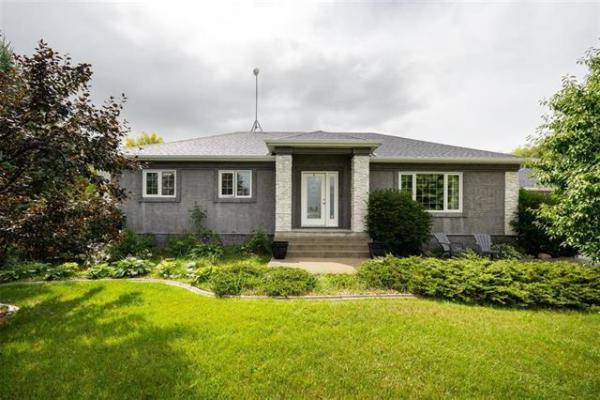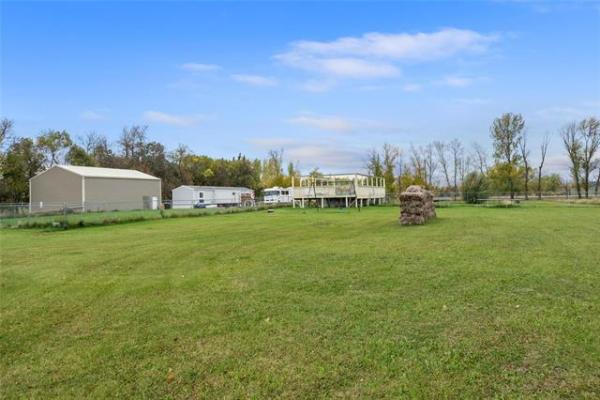Awnings
A simple and affordable way to cool a home is the use of awnings. The great appeal of awnings is that they are a natural way to cool without the need for air conditioning or tinted glass. A deployed awning blocks out the sun's rays while admitting daylight and allow air to circulate between the interior and exterior.
Awnings help to protect furniture from fading due to sunlight. They are cost-effective because they need no energy to operate. By keeping the house cool, awnings reduce the use of an air conditioner. Awnings can reduce the heat gain up to 65 per cent on south-facing windows.
Trees
Homeowners should also keep in mind shade that comes from nature. When planted south or west of a house, deciduous trees will shade a house in the summer and allow light through in the fall and winter after the leaves have fallen.
Trees large enough to shade a whole house include ginkgo, maple, magnolia, horse chestnut and black locust. Ginkgoes can reach 13 to 15 metres, maples and locust nine to 12 metres.
Blinds
Window blinds help diffuse and block the sun's rays while serving as a decorative element in a room. The two most common blinds are cellular and vertical sheers.
Cellular blinds can come equipped to drop from the top as well as rise from the bottom, and have an R-value (a measurement of insulation) of 3.2, lowering heat loss in the winter. A four-foot by five-foot window would cost approximately $340.
Sheers have an openness factor from one to 14 per cent. Vertical sheers with closed vanes can block up to 99 per cent of the sun's UV rays. Vertical shears can cost between $600 to $750.
Overhead Fans
These devices don't cool the air -- they move air over the skin, which makes it feel cooler. With units as low as $100, overhead fans are a cost-effective method of moving air in a room.
A basic fan weighs only 4.5 to seven kilograms and can be mounted on a ceiling box that formerly held a ceiling light. Basic units are operated by a simple pull chain and more deluxe ones by a hand-held remote control.
Evaporative coolers
Those who can't or don't want to use air conditioners might consider an evaporative cooler, also known as an air cooler.
These devices cool the air blown over its surface through the evaporation of water. Evaporative coolers are suited to climates where the summers are hot but the humidity is low.
At $130, the units are cheaper than a refrigerative air conditioner, which works by drawing moisture out of the air. Without water, the evaporative coolers functions like a fan.
-- Canwest News Service



